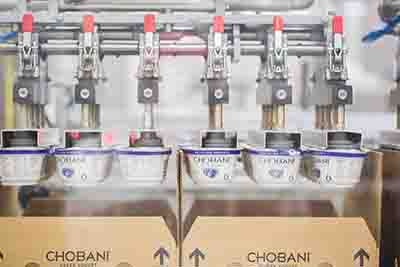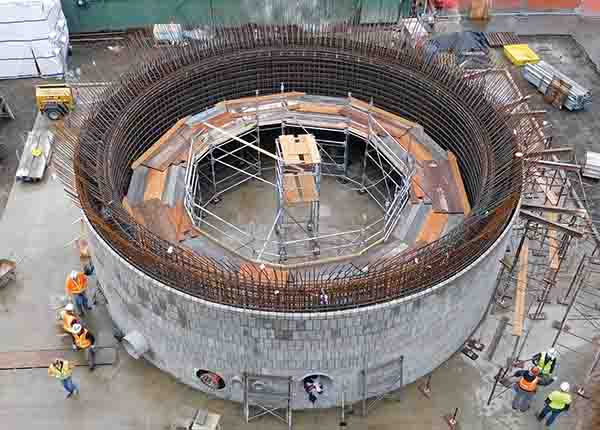
Idaho: Coming on strong
24 Mar, 2016
Idaho is focusing on the future and courting new business.
By David Hodes
According to Governor C.L. Butch Otter, the foundation that state legislators are building will advance the goal of ensuring that 60 percent of Idaho citizens between the ages of 25 and 34 have a college degree or professional-technical certification by 2020.
His 2016 budget includes $10.7 million to pay for intervention support for students in kindergarten through third grade who are not yet proficient on the state reading indicator. “That will improve the chances for more Idaho students to succeed through high school and beyond,” he explains.
Overall, the state expects a 7.9 percent increase in public school funding, including more than $38 million for teacher training and development.
One of the reasons for this added incentive for growth of the state’s brain-trust is the Idaho Global Entrepreneurial Mission (IGEM), which is a grant program that funds commercialization research at various universities across the state – something that the governor believes is a powerful force in the advancement of the state’s economy.
IGEM invests in the development of new businesses and supports Idaho’s research facilities, creating new products, companies and high-value jobs while increasing the research capacity of Idaho’s universities.
Once an employee is hired, Idaho’s on-the-job training program allows a company to train new employees and then send an invoice to the state to receive reimbursements for the cost, up to $3,000 per employee.
If that business is adding or bringing high-paying jobs to Idaho, an employer may be eligible for the Idaho tax reimbursement incentive, which is a post-performance incentive that creates a maximum credit of 30 percent on income, payroll and sales taxes for up to 15 years.
Then there are local recognitions for companies that help bring in business. For example, southern Idaho’s six-county region known as “The Magic Valley,” was selected as a top 12 U.S. manufacturing community by the U.S. Commerce Department’s Investing in Manufacturing Communities Partnership in 2015. “That has really put us on the international and national stage as a key region in the country for manufacturing,” Lisa Buddecke, spokesperson for the Southern Idaho Economic Development Organization (SIEDO), says. “It’s kind of the national stamp of approval as a food manufacturing region,” she adds. “What that designation means is that they can get federal support for food manufacturing companies that come to the area.”
Industries and Innovations
Southern Idaho has secured a record-setting seven ag-related projects since 2012, including new investments from food giants Chobani, which invested $450 million in the world’s largest yogurt manufacturing plant in 2012, as well as expansions of Glanbia Foods, McCain Foods and Calva/Brewster.
These projects have generated 5,000 new jobs (direct and indirect) with a combined investment of over $773 million, according to SIEDO.
The biggest business development underway right now is the organic nutrition food maker Clif Bar and Company, which is opening its first bakery in Twin Falls in late spring or early summer this year. “This is their first manufacturing facility that they actually run,” according to Buddecke. This will be a $90 million investment initially, she says, and probably go as high as $150 million when it is finally rolled out.
In Burley, a neighboring community to Twin Falls, the 100,000-square-foot, $50 million Fabri-Kal manufacturing facility opened in October. Fabri-Kal is a purveyor of plastic food service and packaging that supplies Chobani and other food processors with their plastic cups. It is also developing a biodegradable green packaging product called Greenware, made of wheat and soy.
PerforMix Nutrition Systems is slated to open in October in nearby Rupert. A liquid and dry feed supplement and nutrition company for the beef and dairy industry, PerforMix will open its new state-of-the-art production facility on a 10-acre plot of land in the city. It is a subsidiary of Agri Beef and has facilities in Nampa and Fruitland, Idaho, and Moses Lake, Washington.
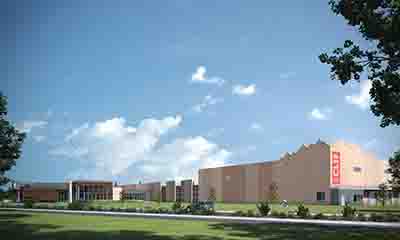
Rendering of the new Clif Bar Bakery slated to open in Twin Falls later this spring. Picture courtesy of Clif Bar.
The biggest project in the Lewis-Clark Valley area, situated at the confluence of the Snake and Clearwater rivers, is the Clearwater Paper Corporation, where construction was begun recently on a pulp digester project. Construction is expected to be completed in September 2017.
The company is the biggest employer in the area, according to Doug Mattoon, executive director of Valley Vision, the economic development organization serving Lewis-Clark.
Another manufacturing operation in the area that is growing is the ammunition industry, such as CCI and Speer Bullet, and the recreational-technical companies that are managed by the parent company of the ammunition manufacturers, Vista Outdoor. “We are looking at smaller manufacturers that can work with the ammunition industry,” Mattoon says.
Kit Kamo, executive director for the Snake River Economic Development Alliance (SREDA) which handles business development in both Idaho and Oregon due to its location on the river between both states, says that they recently had Fry Foods from Ohio expand into Ontario, Oregon. The company manufactures onion rings and cheese sticks, among other fried food appetizers. “That will bring about 350 jobs,” Kamo adds.
On the Idaho side, the area is also looking at helping local farmers grow pumpkin seeds for companies like Whole Foods and others who want their products from the United States. Current pumpkin seed growing and processing happens in China.
Demand for the product is high, she explains. “That work is in full swing right now,” Kamo says. “If we had a million to 3 million pounds of those seeds now, we could sell it tomorrow.”
Talent and Education
Workforce development got a shot in the arm last summer with the opening of the Science Technology Engineering and Math (STEM) Action Center in Boise.
Governor Otter has recommended $2 million in ongoing operating funds for the center, as well $10 million in one-time funds for starting up STEM programs. Those programs will include a K-through-career curricula in computer science to help meet the high demand for those workplace skills.
But there is more to come for workforce training. Overall, the governor is looking for a 9.6 percent increase in funding for community colleges and an 8.8 percent increase for four-year institutions.
One example of workforce and academia collaboration is the work being done with Clif Bar and Company. Brandi Turnipseed, director of workforce development for the College of Southern Idaho, the community college at Twin Falls, says that they started their relationship with Clif Bar and Company early on.
From the first day the company announced it was coming to Twin Falls, she says, the school hosted company management at the college to let them know that the school would be ready to help build its workforce in the area. “Our motto was ‘whatever it takes,’” she declares.
She expects the college and students will continue to build a relationship with the company, beginning their first training sessions with Clif Bar and Company in October as it begins to bring in its management leadership teams. The training will be divided up into food safety and quality; industrial safety; leadership; and customer service. “All of this training is built specifically to their needs,” she says.
This isn’t the first time that the College of Southern Idaho has developed training for business. “That actually started in the 1980s when the president of the college decided to get involved in economic development and supporting businesses,” Buddecke explains. “And they have been doing this kind of tailored training since then for all kinds of companies.”
The college has also provided training for the Chobani manufacturing facility.
The Twin Falls area has an extensive food science and research center, the Twin Falls Research and Extension Center, working on agriculture waste management, pesticide development, weed science and more.
Chobani did all its global research out of that facility.
Mattoon says that there are two colleges in the Vision Valley area, with the Snake River forming the state line between them. On the Idaho side of the line is the University of Idaho; across the river is the Washington State University.
A new $5 million workforce development center is coming to the area in Clarkston, across the Snake River, at a division of Walla Walla Community College. “Both the design of the facility and the design of the curriculum has been very much driven by the manufacturers so that they get what they need out of it,” Mattoon says.
The University of Idaho has been working with the Clearwater Economic Development Association (CEDA) in developing the curriculum for manufacturers in southern Idaho.
SREDA has formed a group through the chief education office called Poverty 2 Prosperity, which is basically a workforce development partnership for high-risk students who would not normally graduate or go on to college. These would be high school juniors and seniors who can take various courses and get certified. “This group of people started this at the grassroots level and just received a $500,000 grant, and will infuse that money into this program and make it even stronger,” Kamo says.
Approximately $100,000 of that state grant award will go toward a planned tech center. The rest will go toward supplies, teaching materials, curriculum, software and hardware.
Assets
The 350,000-square-foot WOW-Jerome warehouse, in the south central part of the state 100 miles southeast of Boise, is a food-grade cold storage and distribution center that began operations in 2002 with 232,650 square feet and has grown with expansions in 2004 and 2008 to nearly 450,000 square feet.
This public warehouse offers easy access to Interstate 84 and is rail served by the Union Pacific railroad.
Mattoon says that they just opened a new business park at the Lewiston-Nez Perce County Regional airport, with 80-plus acres available for development. The airport currently handles 50,000-60,000 passengers arriving from commercial flights on Alaska and Delta Airlines. “We would like to get some aerospace businesses into that park,” Mattoon says.
Also in Lewiston is the Port of Lewiston, using the Columbia-Snake River system. It’s an intermodal transportation center and facilitator of international trade. It’s the most inland port on the West Coast – 465 miles from the Pacific Ocean. Two nearby business parks support the intermodal storage and distribution aspects of the port.
Lifestyle
One of the unique natural resources in southern Idaho is the Snake River, a 1,000-mile-long tributary of the Columbia that runs through many of the communities in the region and is a source of many recreational choices.
“So 15 or 20 minutes from your desk, you can be down at the river kayaking or base jump off the bridge,” Buddecke says. “This is one of the only regions in the country where you can base jump all year long without a permit.”
Winter activities in southern Idaho include snow skiing in nearby Sun Valley, a skiing resort in central Idaho; summer activities include fishing, hunting, rock climbing and hiking.
In Twin Falls, a revitalization effort has begun that would replace and upgrade deteriorating infrastructure, including underground utility lines, streets and sidewalks, and landscaping. The infrastructure replacements will accommodate the needs of current and future businesses and will enhance the historic district for future development and revitalization. It is expected to be completed in mid-2017.
Mattoon explains that, since they are located at a lower elevation on the Snake River, they have relatively mild winters, meaning that residents and visitors can golf year-round. There is wide variety of fishing (red bass, trout, salmon) and hunting in the area (mule deer, elk, moose).
It’s clear from economic developers in the state that Idaho is on a growth surge that is picking up steam.
For complete details on conducting business in Idaho, visit:
Side Note
Down to Business
– Idaho has the second-lowest property tax in the country: 1.58 percent
– Idaho has the third-highest projected job growth rate, according to the Bureau of Labor Statistics
– Idaho is one of the friendliest states for small business, according to a 2015 report by the Kauffman Foundation.
Outdoors and Recreation
– One of the most scenic hiking and camping areas in the state is the City of Rocks in Almo, located near the transcontinental routes of the California Trail, The Salt Lake Alternate of the California Trail and the Boise-Kelton Stage Route. It is aptly named for the impressive city skyline-like granite rock formations scattered across the Circle Creek valley.
Related Posts
-
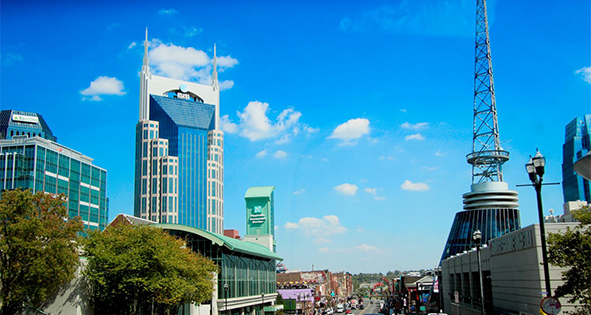
Business Starts Here
-

TEXAS ENTERS 2021 AS WORLD’S 9TH LARGEST ECONOMY BY GDP
-

CALIFORNIA: 5TH LARGEST ECONOMY IN THE WORLD
-

MINNESOTA: FIRST IN FIVE-YEAR BUSINESS SURVIVAL RATE
-

CANADA: Alberta. More Open Than Ever
-

KENTUCKY: The Bluegrass State Is The Right Place To Grow Your Business
-

TENNESSEE: Great Brands Deserve the Great State of Tennessee
-
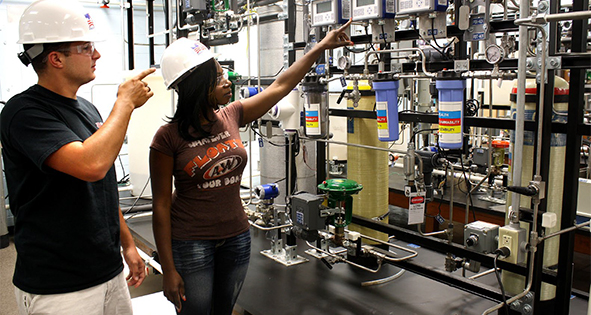
LOUISIANA: Custom Workforce for Expanding
-
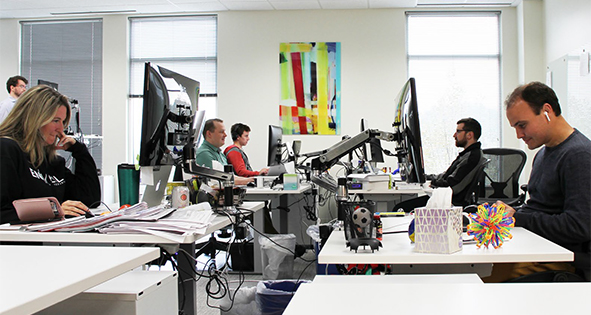
MARYLAND: Home of Innovators
-

MAINE: Yankee Ingenuity


